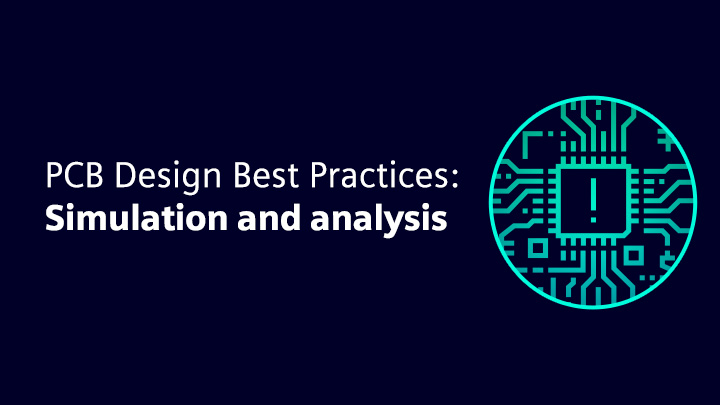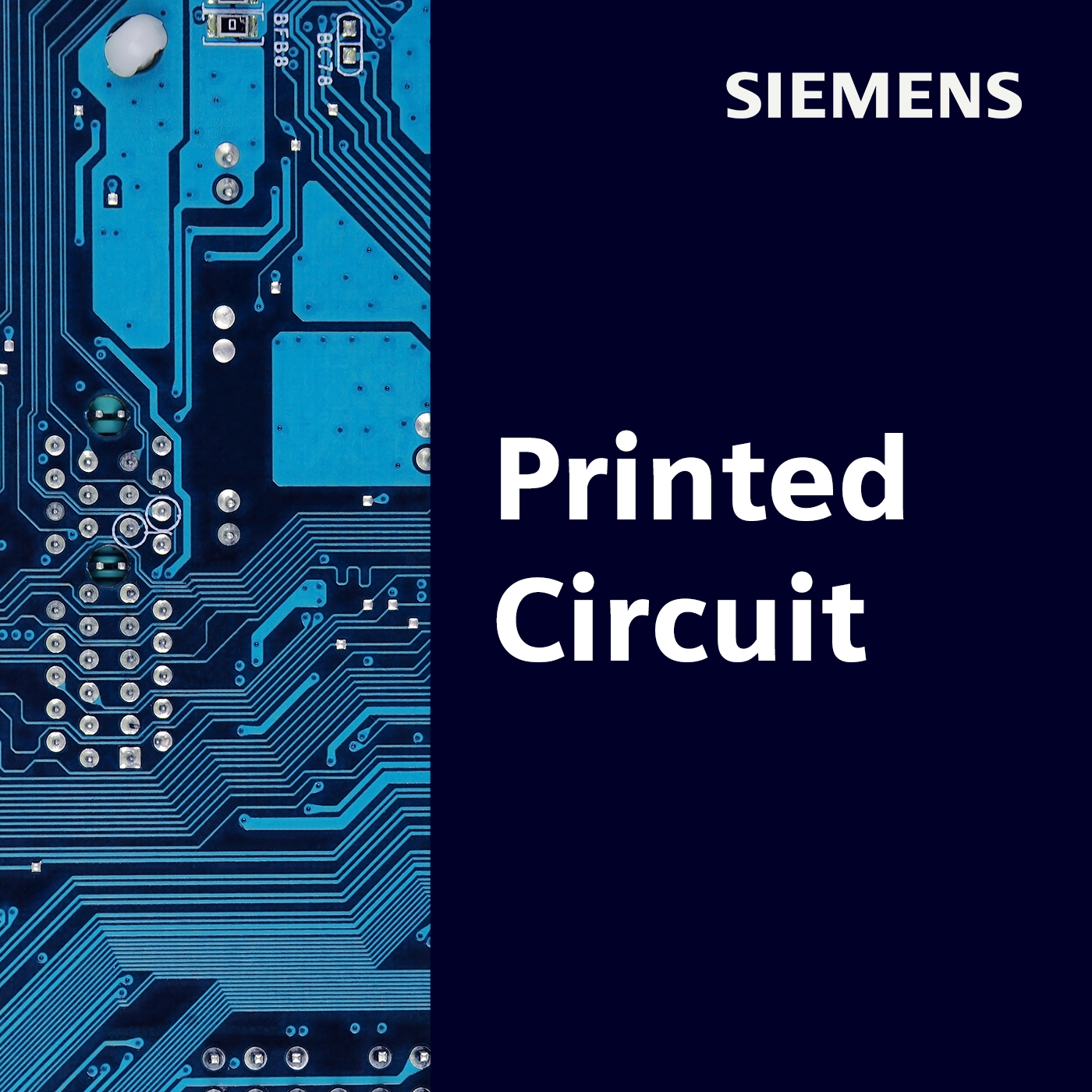The power of simulation in PCB design

The growing complexity of printed circuit boards and multi-board products has rendered traditional design analysis and verification techniques obsolete. Reliance on experts for all design analysis creates bottlenecks that delay project schedules. It takes a modern, automated verification approach to catch schematic errors at the source.
I’m your host, Steph Chavez, and today, I’m joined by David Wiens, a PCB design expert, and Todd Westerhoff, an expert in modeling and simulation for digital systems. We will discuss our third pillar of the PCB design best practices, which is digital prototype-driven verification.
In this episode, you will get valuable insights into the role of verification and analysis in PCB design, highlighting the benefits of proactive and systematic approaches. You will also hear more about the need to balance accuracy, time, and expertise while leveraging automation and standardization to make verification more accessible and efficient.
What you’ll learn in this episode:
- The problem with project delays (1:52)
- The challenges with routing vendor guidelines. (9:58)
- The skill sets required for signal integrity and power integrity analysis (16:36)
- The role of Design Rule Checking (DRC) (22:17)
- The initial steps in the post-route verification process (24:57)
- Compliance analysis and its benefits (33:41)
- Progressive verification (36:51)



Want more PCB design best practices?
Learn PCB design best practices from an industry expert with over 30 years of experience, broken down into five pillars:
- Digitally integrated and optimized
- Engineering productivity and efficiency
- Digital prototype-driven verification
- System-level model-based engineering
- Supply chain resilience
Take your PCB design process to the next level today by checking out this content!



